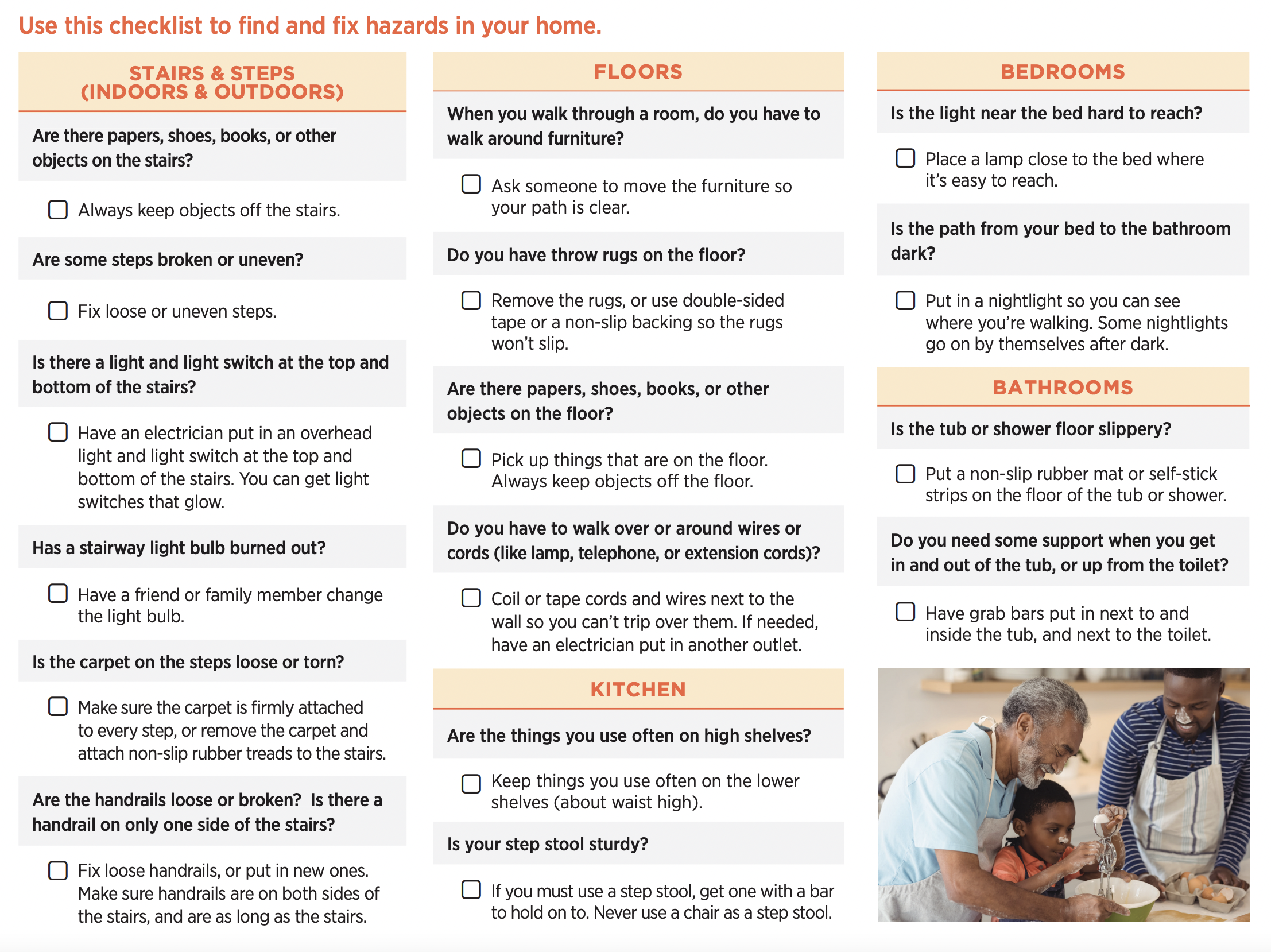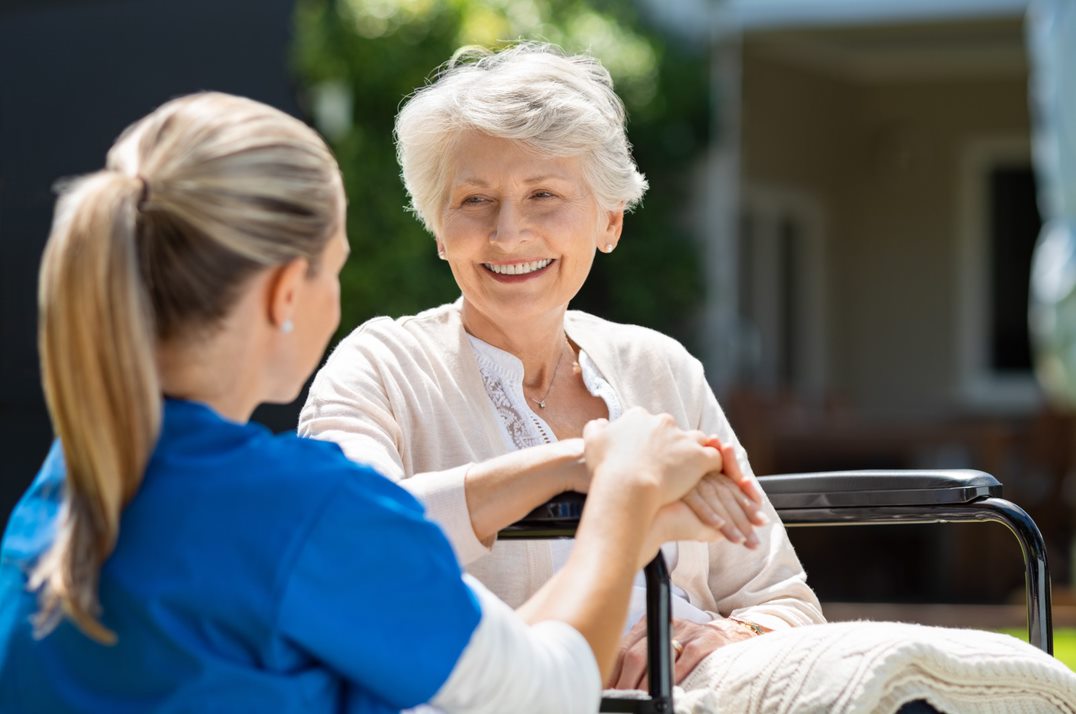The Definitive Guide to Dementia Fall Risk
Dementia Fall Risk Things To Know Before You Buy
Table of ContentsThe Single Strategy To Use For Dementia Fall RiskSome Known Details About Dementia Fall Risk Examine This Report on Dementia Fall RiskSome Known Incorrect Statements About Dementia Fall Risk Dementia Fall Risk Can Be Fun For Everyone
Assessing fall risk helps the entire health care group create a safer environment for every individual. Make sure that there is an assigned location in your clinical charting system where personnel can document/reference ratings and document appropriate notes associated to drop avoidance. The Johns Hopkins Autumn Danger Evaluation Tool is among numerous tools your team can make use of to help stop damaging clinical occasions.Person drops in medical facilities are typical and incapacitating unfavorable events that linger regardless of decades of effort to decrease them. Improving communication throughout the assessing nurse, care group, individual, and client's most involved family and friends might reinforce autumn prevention initiatives. A team at Brigham and Women's Hospital in Boston, Massachusetts, sought to create a standard fall avoidance program that centered around boosted interaction and client and family members interaction.

The technology team emphasized that effective implementation depends on individual and staff buy-in, integration of the program right into existing process, and fidelity to program procedures. The team noted that they are grappling with how to make certain continuity in program execution throughout durations of situation. Throughout the COVID-19 pandemic, for instance, a boost in inpatient drops was related to constraints in client interaction together with restrictions on visitation.
The Facts About Dementia Fall Risk Revealed
These cases are normally considered avoidable. To carry out the treatment, organizations need the following: Access to Fall ideas sources Fall pointers training and re-training for nursing and non-nursing staff, including new nurses Nursing operations that allow for individual and family members interaction to carry out the drops evaluation, make sure usage of the prevention plan, and perform patient-level audits.
The results can be extremely detrimental, commonly accelerating client decline and creating longer medical facility keeps. One research approximated stays boosted an additional 12 in-patient days after an individual loss. The Fall TIPS Program is based on interesting people and their family/loved ones across three primary processes: assessment, personalized preventative treatments, and bookkeeping to make certain that patients are taken part in the three-step fall avoidance procedure.
The person evaluation is based upon the Morse Loss Scale, which is a confirmed fall threat assessment tool for in-patient medical facility settings. The scale consists of the 6 most usual reasons people in hospitals drop: the client fall background, risky conditions (consisting of polypharmacy), use of IVs and various other external devices, psychological status, gait, and mobility.
Each risk variable web links with one or more workable evidence-based treatments. The nurse creates a strategy that integrates the treatments and shows up to the treatment group, patient, and household on a laminated poster or published aesthetic help. Nurses develop the strategy while meeting the person and the patient's family members.
The 6-Second Trick For Dementia Fall Risk
The poster functions as a communication device with various other members of the individual's treatment group. Dementia Fall Risk. The audit component of the program consists of analyzing the person's understanding of their threat factors and avoidance plan at the device and medical facility degrees. Registered nurse champions perform at least five private interviews a month with patients and their family members to examine for understanding of the loss avoidance plan

A projected 30% of these drops outcome in injuries, which can vary in extent. Unlike other damaging events that need a standardized clinical reaction, fall prevention depends extremely on the requirements of the patient. Consisting of the input of individuals who know the patient ideal enables for higher customization. This approach has actually confirmed to be a lot more efficient than fall prevention programs that are based largely on the useful content production of a threat rating and/or are not adjustable.
About Dementia Fall Risk

Based on auditing results, one site had 86% compliance and two websites had over 95% conformity. A cost-benefit analysis of the Loss ideas program in eight medical facilities approximated that the program expense $0.88 per patient to execute and resulted in financial savings of $8,500 per 1000 patient-days in direct costs associated to the avoidance of 567 falls over 3 years and eight months.
According to the innovation team, companies thinking about implementing the program needs to carry out a preparedness analysis and drops prevention voids analysis. 8 In addition, organizations must guarantee the essential facilities and operations for application and develop an execution plan. If one exists, the company's Fall Avoidance Task Force need to be associated with preparation.
Not known Details About Dementia Fall Risk
To start, companies should guarantee conclusion of training modules by registered nurses and nursing aides - Dementia Fall get redirected here Risk. Medical facility personnel must evaluate, based on the requirements of a hospital, whether to utilize a digital wellness document hard copy or paper variation of the autumn avoidance plan. Executing teams must recruit and educate registered nurse champions and establish processes for auditing and coverage on loss information
Team require to be involved in the process of revamping the process to involve individuals and family in the evaluation and prevention plan process. Solution ought to be in location to ensure that units can comprehend why an autumn happened and remediate the reason. A lot more especially, registered nurses must have networks to supply recurring responses to both team and device management so they can change and improve fall prevention process and interact systemic problems.